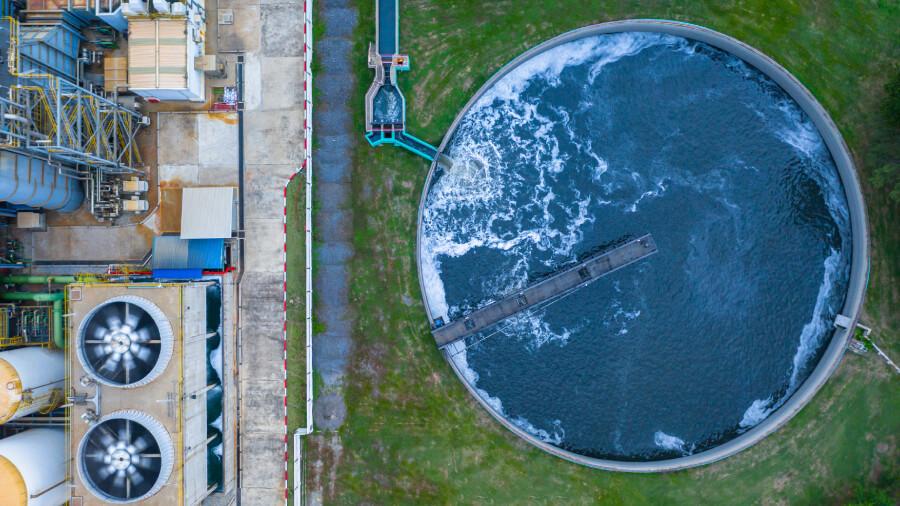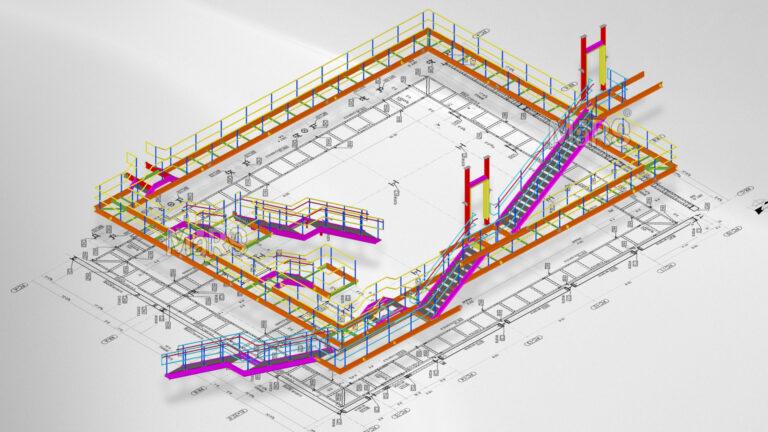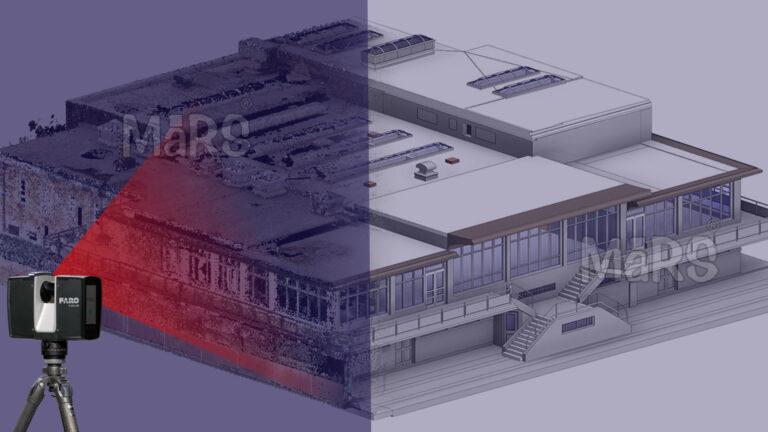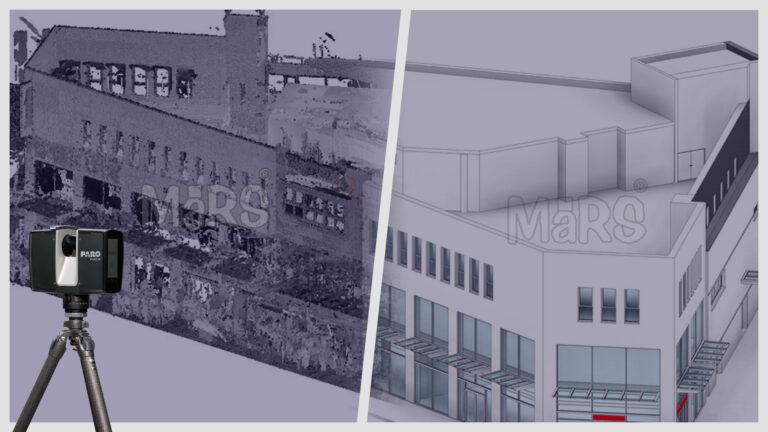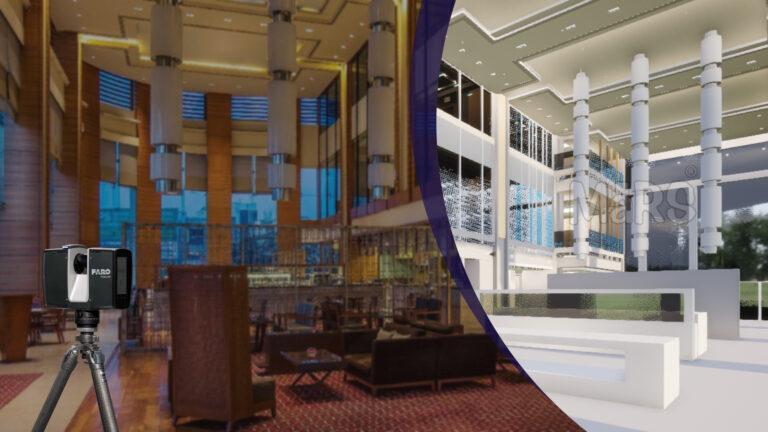Water is one of the essential needs and requirements for our livelihood. In the 21st century, the complete fight will be over water only. The growing population and increasing problems are causing the core issue related to water pollution and its shortage.
Today, the only focus is on building natural and sustainable water treatment solutions. As per the reports and research, around 80% of the water consumption is wastewater, that comes back into the ecosystem unused and unfiltered. The research clearly states that people across the globe are using contaminated water. This water usage is for drinking water.
The process of designing and elaborating a water treatment system is not an easy task. It requires proper planning and scheduling by which the project is taken further. Some different stages and processes are followed with each step. Each stage defined has its importance and meaning to the service. It continues with precise calculations that are behind the design and stages involved in the project.
Taking it further, the design of a water supply and treatment plant is not an easy task. Thus, today we are discussing BIM technology that is being used in the water and wastewater sector.
What are the complications faced in designing a water treatment plant?
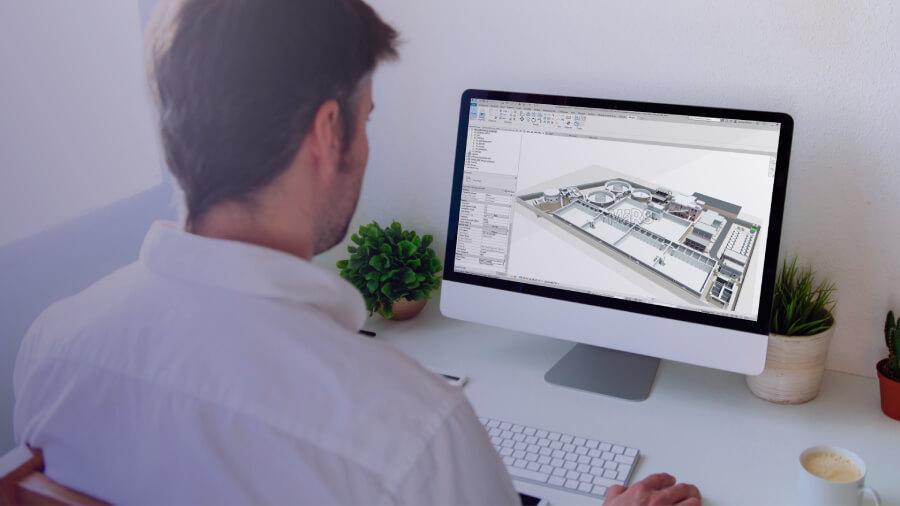
It is a question of concern as to why it is so difficult to design and build water plants. Well, here it is we are discussing it. To start with designing water treatment plants, there is a list of intricate design elements to be considered. It consists of checking the sewage water pumps, proper water system, piping system, and other water piping details. The integration of water treatment plants extent with the minimum and maximum requirement of enough passage required for solid substances. For wastewater treatment, the aeration tank consists of multiple internal pipes. These pipes are known as diffusers. These diffusers decide the aeration levels in the tank along with its capacity.
The next what we will discuss is the design of drinking water treatment, wastewater treatment, and desalination plants. It takes time and manpower to design this water plant treatment. Also, this requires proper and anticipated operational, managerial, and maintenance activities that need to be carried on by the team of facility management team in near future.
While working on the water treatment plant, in the design itself the BIM engineer will share the information on plant filters and the time to change them periodically. What makes it more complicated is that the workers may require to go into the tank to clean them and keep a record of regular maintenance. So, it is time there is a need to have proper spacing so that safe operational activity can be continued. In a water treatment plant, the team also has to make sure that the design has a ventilation system in it. It is most vital for the effective management of water treatment plants.
Further, the BIM process help manage long electrical line installation, which is required and considered for the number of pumps that are being involved in the entire treatment plants. For all these problems and issues, BIM is a proper solution to them.
BIM Implementation Method for Water Sector
Creating Specifications and Parameters

The undertaking of BIM technology in the water and wastewater sector plays an important role. It is the team of BIM engineers who check the area and based on that creative design and drawings. These designs and drawings have detailed specifications that let the people know about the requirement of the raw materials with quantities. The complete process will therefore go with a proper flow chart and with the required parameters and delivery outcome. Many components are repeated in water treatment plants. Here the standardization completely offsets the time spent recreating the drawings of all the pipes and valves in the object.
Visionary Aspect
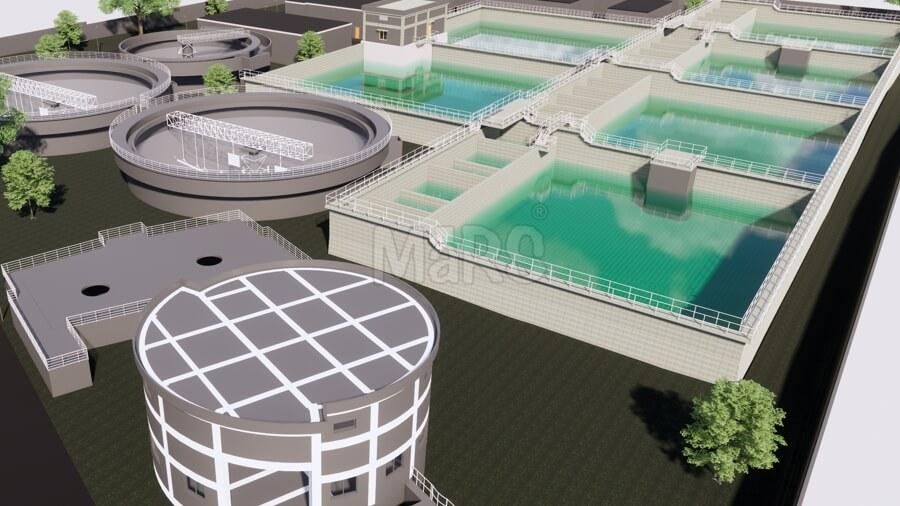
As a BIM outsourcing company, we adhere to following the steps that make the project a success. The visionary aspect of the project is simple to understand and easy to grasp. Here we go a step beyond the usual 2D drawings or piping and instrumentation diagrams (P&ID) to creating 3D modeling. Architects, designers, and engineers can inspect that BIM model to get clues about design errors, structures, and clashes even before construction. Putting the project aspect as the core outcome, the vision is to deliver output that is long-term and with high durability.
Collaboration

BIM is not just a generic 3d model, it also includes information needed to build with the 3d model. While working on a big project in the water and wastewater sector, we have to ensure to have a proper collaboration that delivers the end result of the work. Further, with detailed analysis, specifications, and a collaborative approach, the owner of the project gets the outcome as expected by them and within the given timeline. Further, the decision-makers such as government authorities, architects, engineers, designers, and contractors can work together on this model and coordinate with the staff at the construction site, with the vision to have highly collaborative work with proper scheduling, and planning.
Related Article: How Digital Construction Management helps Project Managers?
Simulation
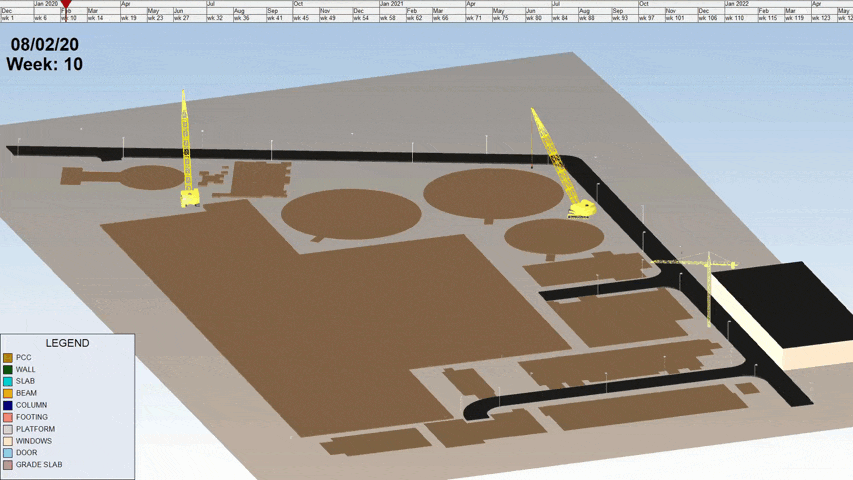
The simulation work is undertaken to extend the time of the building structure. Being this one of the universally approved concepts, AEC companies push themselves in using the technique that delivers the work in a processed manner. The outsourcing companies use the required software, international standards, and thorough detailing, that make the project of water and wastewater a success. Simulation of a building can also be done with the help of the BIM model. With this Construction 4D schedule creation, the construction process can be closely monitored digitally.
Current Status of BIM Methodology in the Water Sector
In the BIM implementation process, each individual has their respective contribution. The result and the outcome are unique. As an owner of the project, they have their perspective to work. The demand is to aspire the complete work with the transition of CAD to BIM Modeling. Having an in-house team of BIM professionals means having control and an eye on the project. Also, the possessor of the project looks to recruit engineers who have sound knowledge of technical know-how and have great leading qualities. It, therefore, helps in sharing the BIM implementation process within the organization.
Further discussion here is to put effort into setting up the BIM standards. It is a truth that without proper integration of BIM standards and guidelines, the entire work in the organization will be chaotic and mismanaged. It will not be in mid but from the beginning of the project itself.
To streamline the work in a processed manner, there is a necessity to maintain BIM standards. The standards,
- To share accurate and quality information between the parties.
- To expand the efficiency of different processes.
- To Streamline better coordination and cooperation.
- To offer sound awareness and insights of the project with proper planning and execution cycles.
Project Spotlight: BIM for Water Supply and Wastewater Treatment Plant
The next is to involve technical teams in processing the BIM planning and implementation. The personnel here would have their set of priorities and level of work. Further, when working as a team, the importance is to deliver qualitative design drawings and models.
As BIM managers, they will not have that sound knowledge to deliver the work without resources and in-depth industry standards. Therefore, it is necessary to be proficient in 3D tools such as Revit and Navisworks. These are the finest tools and software undertaken for the successful delivery of water treatment facility projects.
The process and utilization of work are extended further to the operational and managerial stages of the project. In the later stages of the project to fetch information, it is necessary to store this information somewhere. Hence, the use of 3D Revit families or BIM objects is taken into consideration. It is the file that will be having all the technical data and details that can be retrieved at any moment in time.
There is rising popularity of BIM solutions. With the use of software such as Autodesk BIM 360 and BIM Track, the collaborative work delivers a qualitative report of the work. Also, with proper scaling, ruling, and approach a 3D cloud environment is created for contractors, sub-contractors, designers, and detailers. It is for the team who are working on the same project.
Further, it is the BIM engineers who push more on customizing the software. The core reason is to avoid repetitive work and to deliver a higher return of investment in the work. Also, to visualize the project work and manage the visual programming tools, engineers use the Dynamo BIM Automation.
It is the designers, engineers, modelers, drafters, and managers who play a key responsibility for the work. With the process of full dignity and concept, the team adheres to following the necessary BIM work process to stimulate the work environment.
The Future of Water Treatment Plant with BIM Technology
It is a common tendency of human beings to work on the project thinking from a future perspective also. With the use of BIM technology, to understand the future of water treatment plants the professionals under VR technology. The VR technology gives a greater idea of the project with regards to the viewing of 3D models and data. It is rather more clear and ideal.
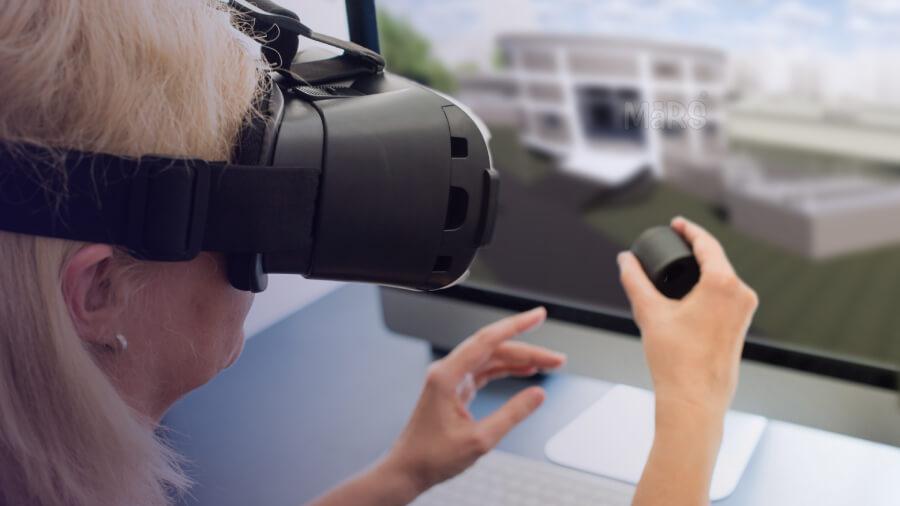
The concept of applying VR technology helps provide the view of the project in a proper conceptual way and with proactive feedback for design consideration and process. VR technique is the newest and more realistic concept that is being used and often taken into use for better deliverable of the work. For water treatment plants, the VR process is unique as it gives clarity to different areas of the points and the design and construction of Water Treatment Plants is one of the many wonders offered by modern technology. Thus, the future of projects with BIM technology is quite advanced and worth investing in.
Summing Up
BIM technology is a universal concept now. It is the art of the work that possesses various aspects in the project that are playing an important role in the water sector. The use of BIM technology has made things easier and faster. Thus, no matter how complex the project is, the group knows the outcome of the project keeping the same process as the original.

